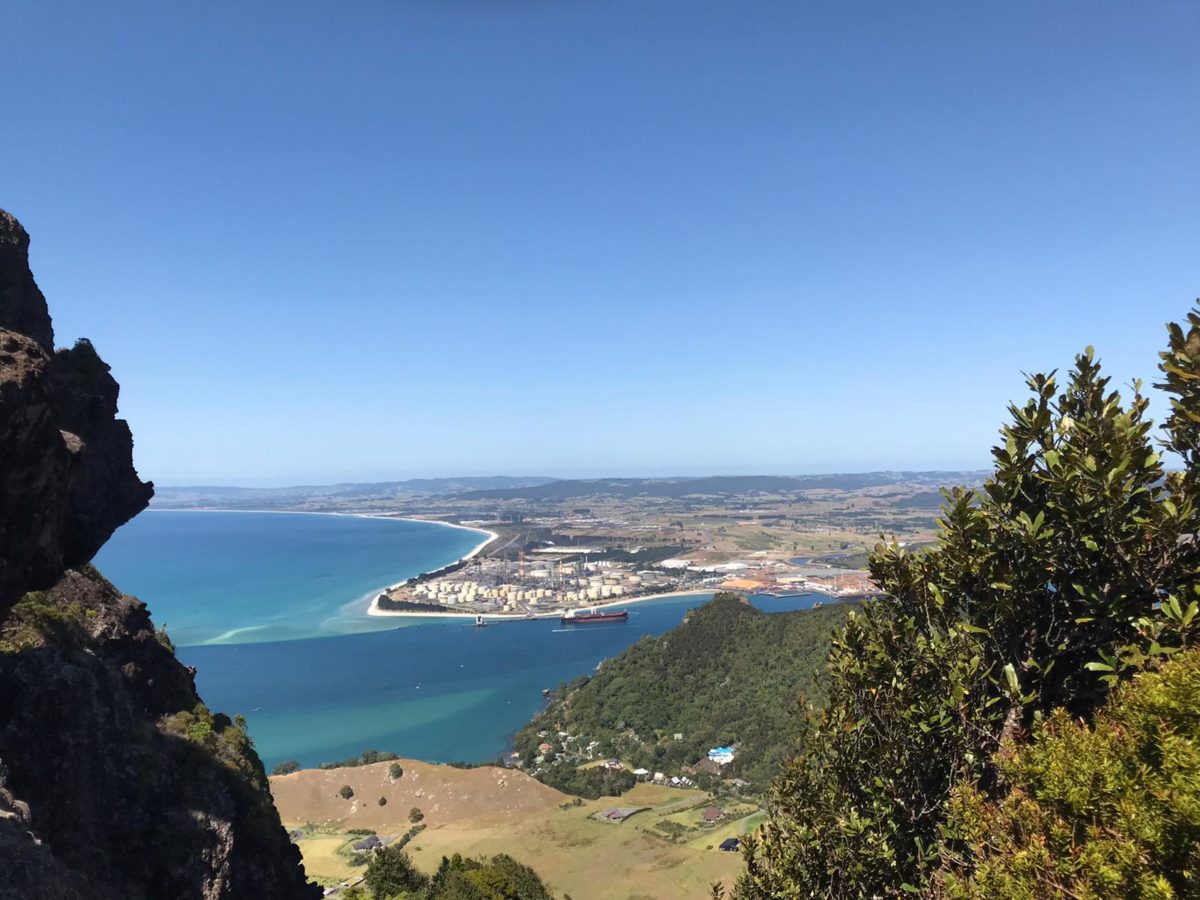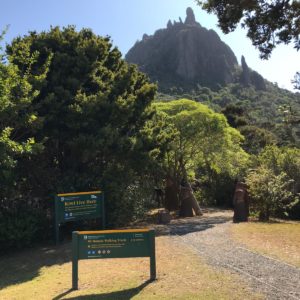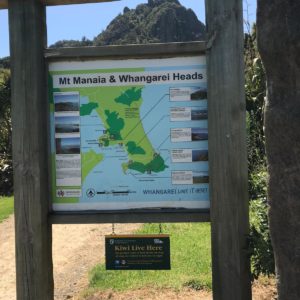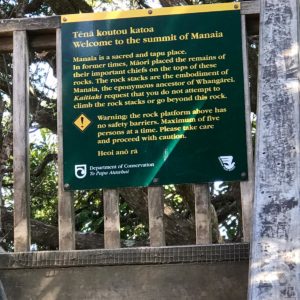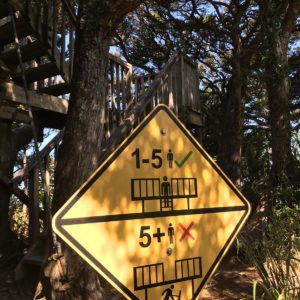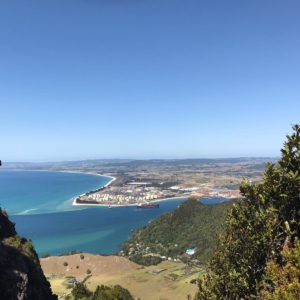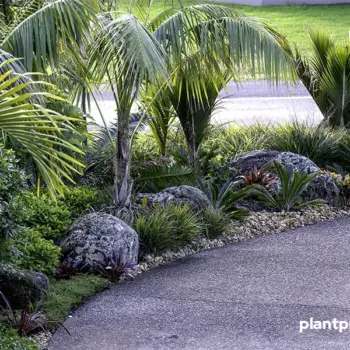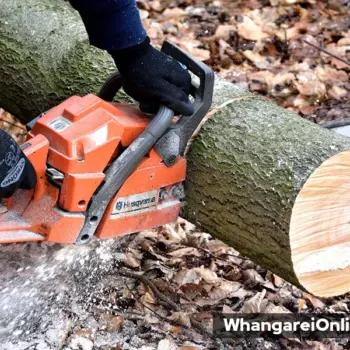
Driving towards Whangarei Heads you can’t miss the area’s most significant landmark, Mount Manaia. Rising 420 metres above sea level, the bush-covered mountain peaks are an awe-inspiring sight inviting visitors to take a closer look. The area is rich in history with the mountain being the skeleton of an extinct volcano, once almost 1000m tall, that erupted some 20 million years ago.
Manaia plays a vital role in Māori legends. According to songs of iwi such as Ngāpuhi and Ngāti Whātua,, Manaia was one of five brothers that set out on their journey from Hawaiki, following the great explorer Kupe to Aotearoa. However, they were punished by the Gods and stranded motionless in the places we still find them today.
Another legend sees the five peaks along the summit ridge as Manaia, tūpuna (ancestor) and rangatira (chief) of many iwi and hapū in the Northland region, and his family who were all turned to stone by incantations as the result of an argument over Manaia’s supposedly unfaithful wife. Manaia is represented by the highest peak, followed by his children in the form of smaller pinnacles and ultimately his wife, who turns her head away in shame after having an affair with Paeko, a servant.
Until today, the area surrounding the mountain remains sacred to local iwi and visitors are asked to treat it respectfully. That includes leaving nothing but footprints behind, taking only memories away and staying on the marked tracks.
To get to Mount Manaia, follow signs from Whangarei towards Onerahi and Whangarei Airport, then take the first exit at the roundabout past the Onerahi shops onto Whangarei Heads Road. Follow that road for approx. 25 kilometres until reaching McLeod Bay. Access to Mount Manaia is just outside the little township in the car park behind Mount Manaia Club.
Tracks
The Mount Manaia walkway requires a medium level of fitness. The climb is steep and includes more than 1000 wooden steps almost all the way up to the summit, giving you a great workout. In return, you are rewarded with breath-taking views from the top over the Whangarei Harbour including Bream Head and the Hen and Chicken Islands. You also get to enjoy plenty of native bush including nikau palms, ancient kauri and in summertime colourful pōhutukawa.
Mount Manaia is best done on a clear day when the weather is fine to ensure you can enjoy the impressive scenery from the summit. The track can be quite slippery when wet and due to its steepness, risk of injury increases significantly in unpleasant weather conditions. The track is usually busiest in the early morning hours before the sun makes hiking too strenuous. Either way, don’t forget your water bottle, especially on a hot summer’s day. A jacket is also highly recommended as the wind at the top can be quite cool
Mount Manaia Walkway: 4km, 90min return, medium fitness required
Lookout and summit
The final leg of the walk is yet another wooden staircase which leads to the highest accessible point of Mount Manaia, the rocky cliff offering dramatic vistas of the surrounding area. Due to safety reasons, only 5 people are allowed at the top at a time. Room to move freely is limited, so be mindful of others when posing for pictures. Take extra care if you have children with you as there are no barriers or handrails to hold on to for support.
Parking
Mount Manaia is not a roundtrip, there is only one way up and down. Start your hike from the lower car park near Mount Manaia Club on Whangarei Heads Road, just outside McLeod Bay.
Facilities
If Mount Manaia Club is open, feel free to use their facilities and enjoy a cold drink or a scrumptious meal after the strenuous hike. Alternatively, there is a public toilet at the car park as well. There are no toilets along the track, so plan wisely before starting the walk to the summit.
Mount Manaia is not suitable for wheelchairs or pushchairs and due to its steep ascend not recommended for young children, either. If you do decide to take children along, make sure they are adequately supervised especially at the top, which has no barriers and little space to move around freely.
